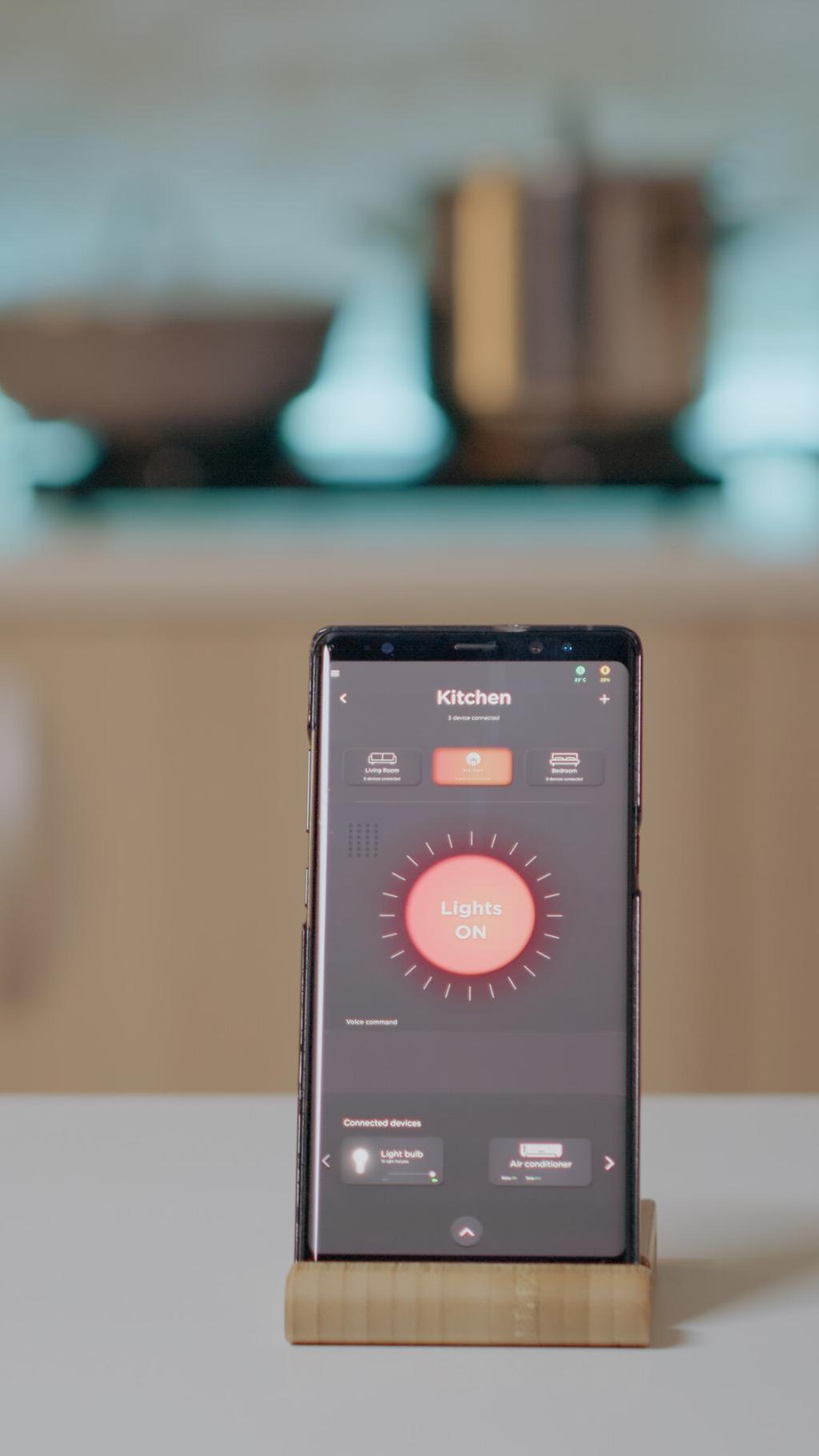Automations That Survive Change
Instead of “ACME Bulb 2,” use “Hallway Ceiling Light.” Build scenes and groups around rooms and functions. When hardware changes, your logic stays aligned with how you actually live, not with product catalogs.
Automations That Survive Change
Structure automations with reusable scenes, variables for schedules, and clear conditions. This makes adaptation painless when family routines change, daylight shifts, or you swap a sensor without rewriting entire workflows.






